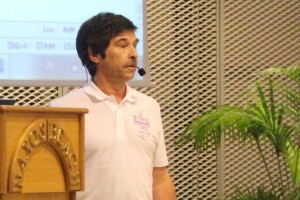 MiServer UI Controls
MiServer UI Controls
Dan Baronet and Adám Brudzewsky continued yesterday’s presentation by Morten Kromberg on Cross-platform User Interfaces by demonstrating a lot of varied interface elements that are available when creating front-ends in MiServer. Especially encouraging were the special controls designed by Dyalog. These make it possible to have arrays render as complete super-elements (e.g. a table). No need to worry about the many underlying HTML elements making up the super-structure (e.g. table rows and their table cells).
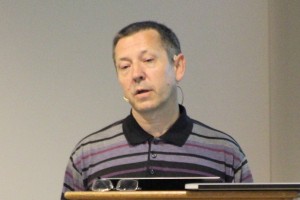 The Dyalog Project Project
The Dyalog Project Project
Morten Kromberg outlined his plans for a brand new tool to ease development and getting started with APL: An online repository for APL code – software packages that may be retrieved and installed on a computer. This is a significant step in ensuring the future, as a newcomer to programming (if ignoring all the other advantages to APL) often looks at amount of easily available pre-existing code when choosing a language.
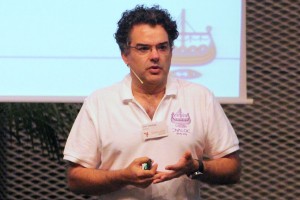 Data Binding – The Matrix / Waste Time with John Daintree
Data Binding – The Matrix / Waste Time with John Daintree
Light-hearted as always, John Daintree introduced us all to Dyalog’s already implemented capabilities in making user interfaces automatically update when values the datatable are changed. Obviously this is best described in a video, which will be available soon on video.dyalog.com. Meanwhile, there is an excellent demo on APL Wiki. After John’s presentation, a user demonstrated how he with minimal time effort set up a modern-looking dashboard for presenting numerous varied data.
External Workspaces
Morten Kromberg introduced a new facility by which you can save your code and access it as a memory mapped file which can be shared by the users. This is an advantage when you have to watch how much of the workspace is consumed by the code-base. Stig Nielsen from SimCorp told us how they have applied these external workspaces with much success. Not only can many users access the same workspace, but even users on a Citrix farm can access the file simultaneously. Using this facility, enables SimCorp to start using futures and isolates that would otherwise exhaust the memory available on their costumers’ server farms.
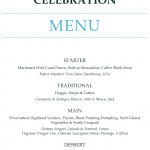


 Follow
Follow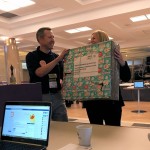
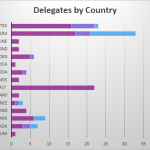



 The Dyalog Project Project
The Dyalog Project Project Data Binding – The Matrix / Waste Time with John Daintree
Data Binding – The Matrix / Waste Time with John Daintree